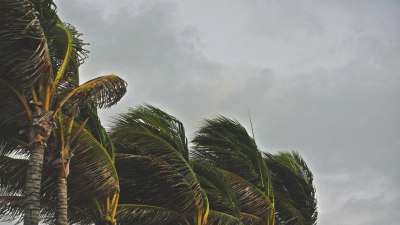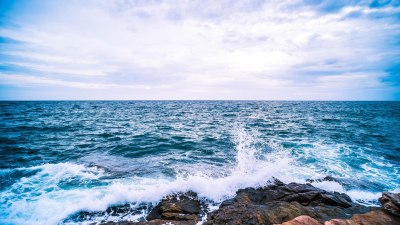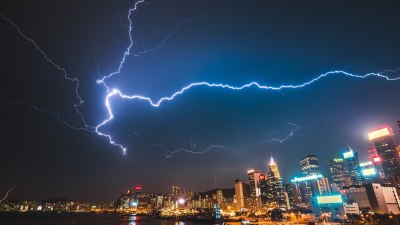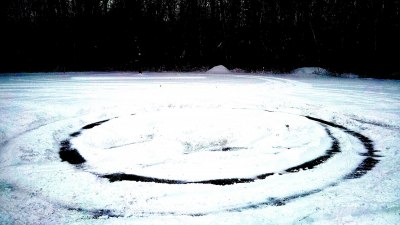What Are Kelvin Helmholtz Clouds and Why They Look Like Ocean Waves
Discover the science behind Kelvin Helmholtz clouds and their wave-like appearances in the sky.
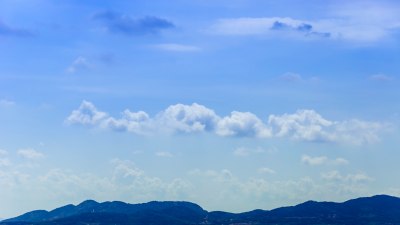
Kelvin Helmholtz clouds are one of nature's most mesmerizing atmospheric phenomena, characterized by their striking, wave-like appearance that can often resemble the surface of the ocean. These clouds form under specific atmospheric conditions and can be found at various altitudes, typically when there are significant differences in wind speed, creating a unique set of circumstances that allows these stunning formations to take shape. Understanding Kelvin Helmholtz clouds not only provides insight into meteorological processes but also showcases the beauty and complexity of our atmosphere.
The phenomenon is named after the British mathematician Lord Kelvin and the German physicist Hermann von Helmholtz, who contributed to the study of fluid dynamics and waves. The fundamental principle behind these clouds is the instability that occurs when two layers of air, moving at different velocities, interact with each other. This difference in motion can lead to the creation of shear forces that cause waves to form, similar to waves appearing on the surface of water. When the conditions are right, these waves can amplify and lead to the development of cloud structures that display an undulating, picturesque pattern.
Kelvin Helmholtz clouds typically appear as long stripes or billows, showcasing a range of white, gray, or even darker hues depending on the amount of moisture present and the lighting conditions. These clouds are most commonly seen in the form of stratocumulus or altocumulus cloud types, which are low to middle-level clouds that can stretch out for miles. The wave-like forms can sometimes extend across vast areas of the sky, creating a stunning spectacle that can be particularly awe-inspiring at sunset when the golden light accentuates their intricate shapes.
The Formation Process
The formation of Kelvin Helmholtz clouds begins with two distinct layers of air. Typically, the lower layer is cooler and more stable, while the upper layer is warmer and less dense. When a strong wind blows over the lower layer, it can create a shear layer between these two air masses. If the wind speed is sufficient, it can lead to turbulence and the development of wave patterns. When the turbulence is strong enough, these waves can grow, leading to the characteristic rolling motion associated with Kelvin Helmholtz clouds.
In ideal conditions, the height of the waves can grow until the height of the wave crests exceeds a certain threshold, at which point the wave will break, much like ocean waves do when they become too steep. The clouds themselves serve as a visual representation of this dynamic process, with the peaks forming denser regions where moisture condenses. This results in the cloud formations that observers marvel at from the ground.
Key Characteristics of Kelvin Helmholtz Clouds
One of the hallmarks of Kelvin Helmholtz clouds is their smooth, rippled appearance that stands out starkly against the background of the sky. The waves within these cloud formations are often elongated and can form distinct lengths and heights depending on the conditions at play. There can be areas of deep valleys, or troughs, where the cloud thins out, contributing to the contrast with the denser crests.
The color of Kelvin Helmholtz clouds is influenced by various factors, including sunlight angles, atmospheric particles, and humidity levels. When sunlight hits these clouds at specific angles, they can produce stunning visual effects, sometimes exhibiting iridescence or even halos. Their impressive appearance often garners the attention of photographers and cloud enthusiasts alike, who seek to capture their beauty in various lighting conditions.
Observational Locations
Kelvin Helmholtz clouds can form in many locations around the world, particularly in regions where there are strong winds and stable atmospheric layers. Coastal areas are among the best places to observe these clouds, as the interaction between sea breezes and air masses can create the perfect conditions for their formation. However, they can also be spotted at higher altitudes, such as over mountains or during weather events where air masses interact in unique ways.
Given their dynamic nature, Kelvin Helmholtz clouds may not last long in the sky. They can quickly evolve as environmental conditions shift, leaving observers with a fleeting but captivating display. These clouds highlight the importance of understanding atmospheric behavior and can provide valuable data for meteorologists studying weather patterns.
Kelvin Helmholtz clouds serve as a stunning reminder of the complex processes at play in our atmosphere. Their wave-like shapes invoke thoughts of the ocean, illustrating the interconnectedness of water and air in shaping weather phenomena. By studying these clouds, scientists can gain insights into prevailing wind patterns, moisture dynamics, and atmospheric stability, which play crucial roles in predicting weather and understanding climate trends. The next time you spot these enchanting cloud formations in the sky, you will appreciate not only their beauty but also the intricate science that brings them into existence.





